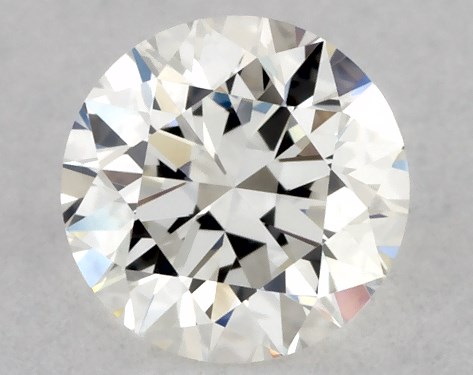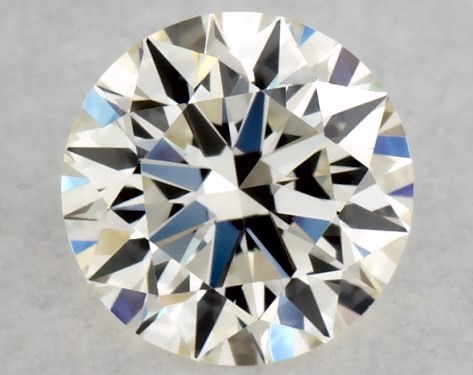1
2
3
Flawless Diamonds
When you're looking for a diamond that's truly flawless, look for an IF or FL clarity grade. Internally flawless (IF) diamonds are free of inclusions under 10x magnification, but they may contain some surface blemishes. A flawless (FL) diamond shows no inclusions at 10x, and they’re very rare—fewer than 1% of all diamonds receive an FL clarity rating. Flawless diamonds are incredibly rare, because most diamonds feature naturally occurring inclusions. IF and FL are the top tiers of clarity grade, each accounting for just six percent of diamond sales.
Natural
Lab-Grown
Shape
Price
Carat
Color
Clarity
Cut
On Sale
Fast Shipping
4,766 of 168,928 Results
Shipping Date By:
Sort By:
FAQs about Flawless Diamonds
Do flawless diamonds cost more?
All of the 4Cs contribute to the final price of a diamond. Of these, carat weight plays the biggest role, but choosing a diamond with an IF or FL grade will definitely increase its price, since it’s so rare.
IF vs. FL: Which is the better value?
The value of a diamond depends on factors like cut, color, and carat. While both IF and FL diamonds are popular for engagement rings, wedding bands and other jewelry, the clarity rating you choose should depend on your preferences and your budget.
Is the diamond's clarity grade included on its grading report?
Yes. Not only is the clarity grade included in the GIA report, but there's also a map that will indicate the location of any internal or surface inclusions. We also offer IGI diamond grading and additional certifications for select diamonds.
What are "eye clean" diamonds?
When a diamond is called "eye clean," it means the inclusions are so minor, they can't be seen without magnification.
Do some shapes hide inclusions better than others?
Yes. Any diamond with a brilliant-cut pattern, such as round, princess, pear, heart, and marquise, will hide blemishes better than the other fancy diamond shapes, such as Asscher and emerald.
What is a flawless diamond?
Flawless diamonds have no inclusions within their interior nor blemishes on the surface. Often referred to as clear diamonds, flawless diamonds are graded as IF or FL.
Are flawless, clear diamonds more expensive than other kinds of diamonds?
Because flawless clarity is rare for both lab-grown diamonds and natural diamonds, these gems are often priced higher than others with similar qualities for the rest of their ratings. A flawless diamond’s price will depend on its other qualities including cut, color and carat.
ADD PRODUCTS IDS in the next inputs (max 5 , min 0):























